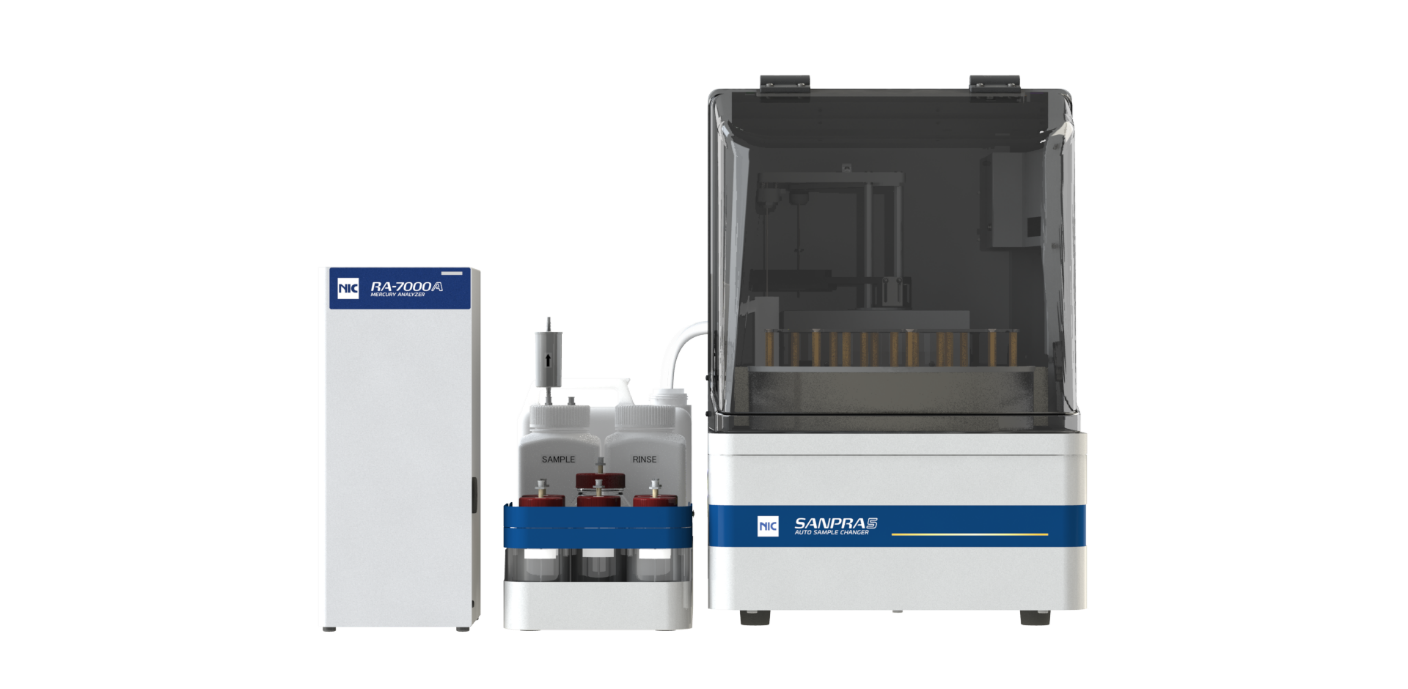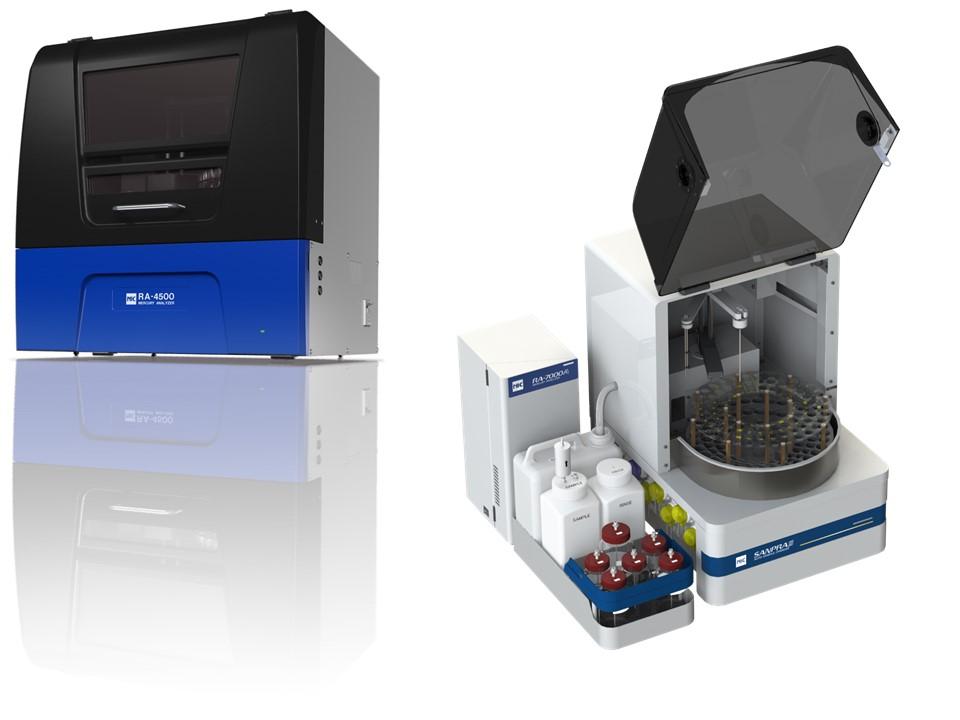Atmospheric mercury, an invisible but toxic threat, has become a focus for environmentalists, scientists, and public health organizations around the world. This hazardous pollutant originates from both natural and anthropogenic sources. When released into the atmosphere, it can transform into various forms that pose significant hazards to ecosystems as well as human health.
As global temperatures continue to rise, the need to monitor and analyze atmospheric mercury levels grows increasingly urgent. Nippon Instruments Corporation, a leader in mercury analyzer manufacturing, is dedicated to providing innovative solutions that fight this invisible menace, providing a cleaner and safer environment for present and future generations.
Sources of Mercury Emission
Atmospheric mercury is a ubiquitous pollutant from many sources and exists in various forms. Natural sources, like volcanic eruptions or geothermal activities, contribute to mercury released into the atmosphere.
However, according to Global Mercury Report 2018, anthropogenic sources such as coal-fired power plants, mining operations, smelting operations, waste incineration plants and industrial processes significantly increase atmospheric mercury concentrations.
Types of Atmospheric Mercury
Mercury exists in three primary forms in the atmosphere: elemental mercury (Hg0), gaseous oxidized mercury (also known as reactive gaseous mercury or Hg2+), and particulate-bound mercury (Hg-P).
Each form has distinct chemical properties and behaviors, which influence its environmental fate, transport, and potential impacts on human health and ecosystems. Understanding atmospheric mercury’s sources, forms, and impacts is essential for devising successful strategies to monitor, control, and mitigate its harmful effects.
Global Impact of Atmospheric Mercury on Human Health
The effects of atmospheric mercury have far-reaching implications for human health, ecosystems and wildlife alike, underscoring the need to address this global issue.
A. Health Effects
Exposure through Food: As atmospheric mercury deposits into bodies of water such as oceans, rivers, and lakes, microorganisms can convert it to methylmercury. Methylmercury accumulates in aquatic food chains, which increases exposure for humans who consume fish or shellfish. Long-term exposure can cause neurological impairments, developmental delays, and cardiovascular problems.
Long-term healthcare costs associated with mercury poisoning can strain already scarce resources in these communities, while children affected by mercury poisoning may need special education and support, further straining local infrastructure. Furthermore, environmental degradation caused by mercury pollution may reduce agricultural productivity and destroy biodiversity – negatively affecting food security and livelihoods. Addressing the complex interplay of social, economic, and environmental elements is necessary for mitigating its effects on vulnerable communities.
B. Ecological and Wildlife Effects
Atmospheric mercury can have devastating effects on ecosystems and wildlife when deposited into terrestrial and aquatic environments, upsetting delicate ecological balances. Methylmercury accumulation in aquatic food webs may lead to reproductive and behavioral abnormalities in fish and other aquatic creatures; terrestrial wildlife like birds or mammals may be adversely affected by ingesting prey contaminated with mercury.
C. Transboundary Nature of Atmospheric Mercury Pollution
The global impact of atmospheric mercury pollution necessitates international cooperation and coordination to mitigate its impacts. Mercury emitted into the atmosphere can travel long distances, crossing national boundaries and depositing in distant places far from its source. To effectively address this transboundary issue, a comprehensive multi-faceted strategy is necessary that takes into account all relevant variables on a global scale.
Current Monitoring Techniques for Different Forms of Atmospheric Mercury
Gaseous Elemental Mercury (GEM)

- Continuous Online Mercury Monitor
Our AM-6F fully automated online mercury monitor runs 24/7, providing background data to analyze any mercury spikes or anomalies. Without this data, comparisons would be impossible.

- Active Sampling (Offline Sampling)
We also provide offline sampling techniques and measurements using mercury collector tubes and the WA-5 Gaseous Mercury Analyzer with CVAAS or CVAFS detectors. Researchers can perform active sampling, bring the tubes back to their lab, and analyze the samples.
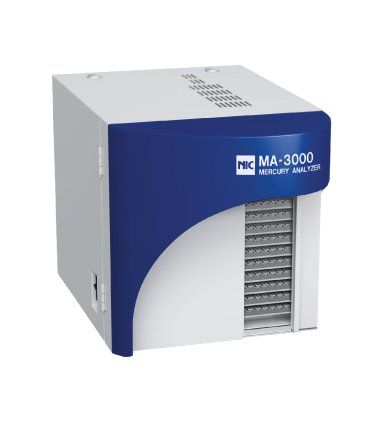
- Passive Sampling
For those who prefer passive sampling, we suggest the use of air samplers impregnated with sulfur (not produced by NIC) that can be analyzed directly by the MA-3000 Direct Mercury Analyzer without the need for time-consuming digestion processes.
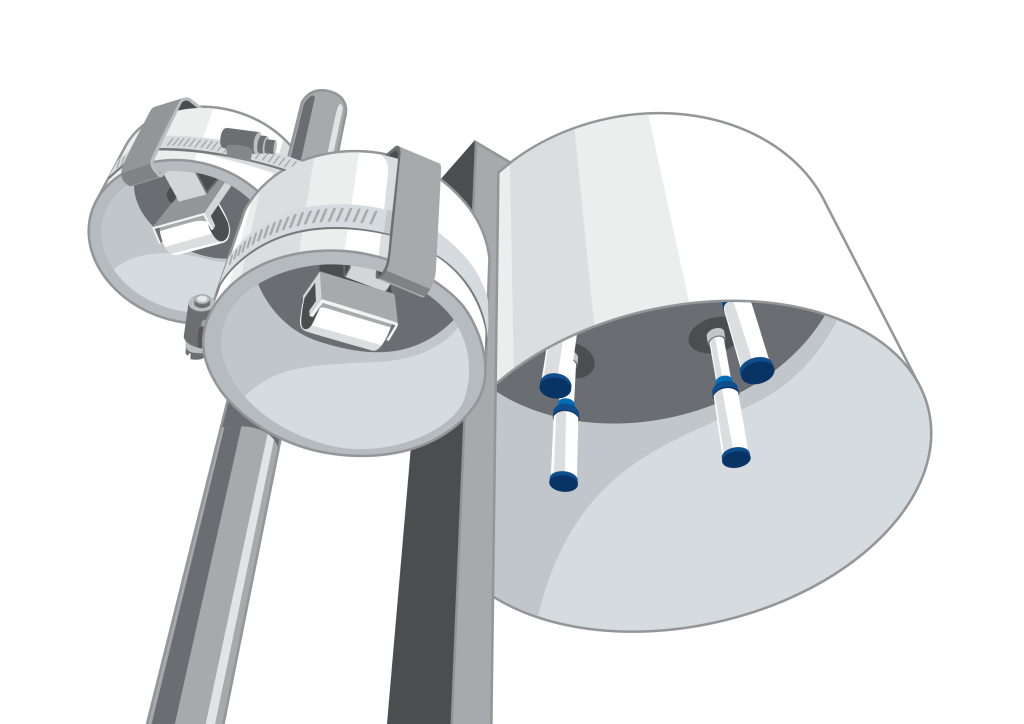
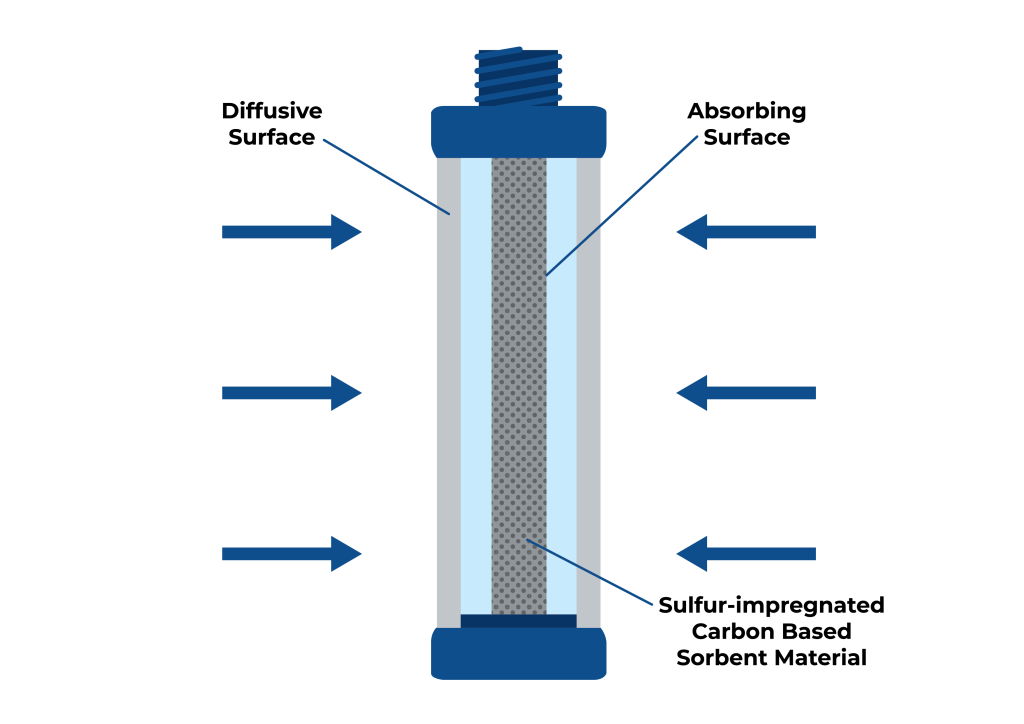
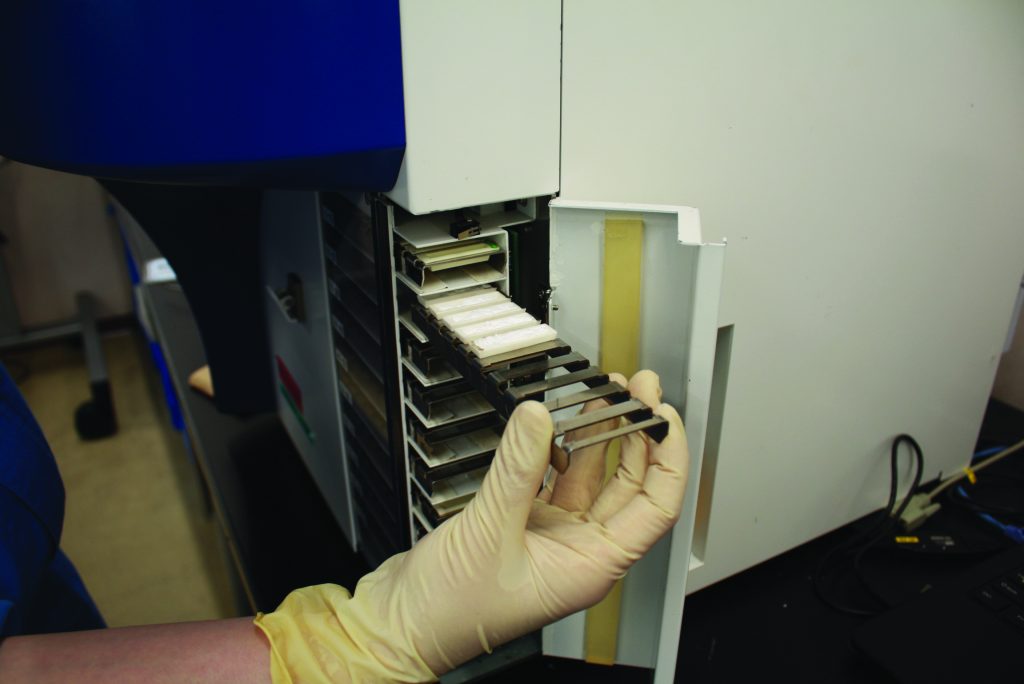


- Portable Mercury Analyzer
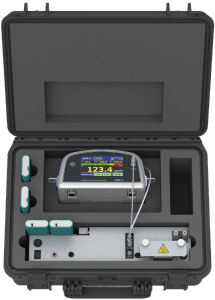
Needing to measure mercury levels on-site? Our EMP-Gold+ Gaseous Mercury Analyzer with CVAAS detector is portable and battery-operated, giving you instant results.

Gaseous Oxidized Mercury (GOM)
GOM is highly soluble in water. Therefore, they can be found in rainwater, snow, precipitates, or condensates from the ambient. We offer a solution for measuring gaseous oxidized mercury (Hg2+) in rainwater with our RA-4300FG+ Ultra Trace Level CVAFS Mercury Analyzer, which meets EPA 1631E requirements. This form of mercury typically deposits locally along with rainfall.
Particulate-bound Mercury (PBM)
PBM in ambient can be collected and concentrated using sampling onto filter paper made from quartz fiber. The collected particulate-bound mercury (PBM) on the quartz-fiber filter paper can be analyzed with the MA-3000 Direct Mercury Analyzer. By eliminating chemical digestion – which takes time and is prone to errors – we make it simpler for accurate and dependable data collection.
In conclusion, monitoring atmospheric mercury levels is imperative to protect our environment and safeguard public health. Given its transboundary nature, a comprehensive approach is required to address this problem effectively. Mercury pollution has devastating consequences on agriculture, biodiversity, and food security – making it essential to take a multi-faceted approach in order to mitigate its adverse effects.
By creating effective, informed environmental policies and regulations based on accurate data, we can reduce mercury bioaccumulation and protect animals further up the food chain. As evidenced by the tragic events in Minamata, Japan, exposure to mercury can have devastating results.
Let us act now for a safe and healthy future for ourselves as well as generations yet unborn.
Download a copy of Ambient Air Solutions by NIC now!


